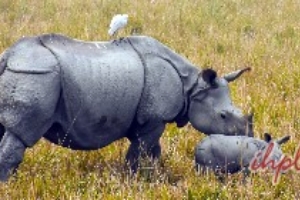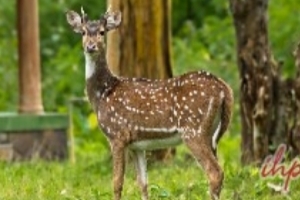Everything about Similipal National Park is superlative. The 2750 sq-km Similipal National Park is Odisha’s famous wildlife sanctuary. It was once a hunting ground for the rulers of the Mayurbhanj, a district in Orissa, and is now considered an important Tiger Reserve. Similipal National Park is a delight for nature lovers because Royal Bengal Tigers, Asian Elephants, Chausingha are amongst the many other animals that call the park home, along with 320 species of birds. The rich biodiversity and fauna could be encountered during safari between November-mid June.
India 7th largest National Park, Similipal is a part of the UNESCO World Network of Biosphere Reserves since 2009. Similipal National Park is so abundant that its diversity does not stop at wild animals only. Infact, the national park is home to two pristine waterfalls – Joranda and Barehipani Falls, out of which the latter one is India’s second-largest waterfall. A visit to Similipal National Park rewards wildlife enthusiasts with 340 years old Sal trees. This famous wildlife sanctuary was derived from the red silk cotton trees found in that region. For people of West Bengal, it is a famous weekend getaway due to its proximity.
Today, there is still an assortment of extensive grasslands, 55 species of mammals, 1078 plant species, 60 reptiles, and 164 butterflies. The wilderness and lush greenery of Similipal National Park invite campers for forest camping in a specific season (November-mid June). First-time visitors can cross through dense forests, striking meadows, and several streams. Here is our guide to Similipal National Park, along with all the reasons to explore its sheer uniqueness.
Where is Similipal National Park located?
Similipal National Park is located in the Mayurbhanj district of the picturesque state of Orissa.
History of Similipal National Park
The history of the Similipal National Park dates from the Kingly rulers of Mayurbhanj. It was once their private royal hunting playground. Realizing that the Lowveld animals needed to be protected, Orissa Government designated the Similipal National Park a Tiger Reserve in 1956. Later, in May 1973, it got a status of the important part of Project Tiger. At the same reserve, the Government initiated the “Mugger Crocodile Scheme” in 1979. With its positive outcome, the concerned authorities declared Similipal National Park a Biosphere Reserve.
Furthermore, UNESCO listed Similipal National Park in their list of important Biosphere Reserves. However, it does not get a full-fledged National Park status because of the interference of 61 villages surrounding the Similar National Park. Amidst 1980, Orissa Government proposed 303 sq-km as an added area. Today, it is the 7th largest National Parks in India with a total area of 2750 sq-km.
Why Visit Similipal National Park?
Nothing beats spotting a Royal Bengal Tiger at eye level. Still wondering why you should visit Similipal National Park? You must explore its wilderness because Similipal offers what most others don’t: safari enthusiasts can bring their own vehicles into the sanctuary premises after obtaining a special permit. Camera-worthy moments are guaranteed as one can behold the sight of unique birds like Red Jungle Fowl, Crested Serpent Eagle, and Malabar Pied Hornbill.
The forest boasts the abundance of medicinal and aromatic plants, the major source of earnings of the tribal people living inside the forest. Additionally, you will have a great time unwinding with tribal people and learning about Similipal National Park’s raw history from a local’s perspective. Inside the park, tall 60 ft Sal Trees are present. Within the sanctuary, two beautiful waterfalls are situated. Similipal National Park is a perfect place to land up for wildlife enthusiasts in Orissa.
Best Time to Visit Similipal National Park?
If you wonder when you should go, the best time to visit Similipal National Park is from November-mid June. The park remains closed from mid-June – October due to a damaged forest road caused by excessive rain. Once the end of the downpour, Similipal National Park returns back to its normal state.
The advent and peak of winter (November-February) is considered the most suitable time to explore this park’s wildlife. By the time of February, March, April, and the first half of May, the sun can get quite hot, and mercury touches 40°C (approx.).
Where to Stay in Similipal National Park
Apart from the luxurious hotels surrounding the Similipal National Park, one can indulge in the forest camping experience. The best bet is the national park has a few handfuls of resorts and lounges tucked inside the middle of the wilderness. The inside accommodation options inside the forest arranged by the forest department are an excellent way to feel nature at its best.
Pleasurably, the accommodation inside the Similipal National Park gives you an edge of enjoying a peaceful holiday experience with a touch of rustic forest life without compromising the urban life comfort. Due to heavy tourist influx, tourists are suggested to book their accommodation for a maximum of 3 days and a minimum of 1 day. A stay at the forested properties will enrich your wildlife experience for sure.
How to Reach Similipal National Park
The best way to reach Similipal National Park is by boarding a flight to Bhubaneswar or West Bengal. Both the airports are international and share excellent connectivity with domestic as well as international destinations. Netaji Subhash Chandra Bose International Airport in Kolkata is 337 kilometers (approx.). While the Biju Patnaik International Airport in Bhubaneswar is 202 kilometers (approx.)
Tourists can commute via rail at the nearest railway station – Balasore, 105 kilometers (approx.). If someone wants to reach Similipal National Park via road journey, the decision is great to take if Kolkata is the initial location. Regular cabs/taxis run from Kolkata.
Activities at Similipal National Park
Amidst the wilderness, you should not miss learning about the local tribal communities inside the forests. Besides the vast animal and astonishing bird population, Similipal National Park is a living playground for several tribal communities. Interact with the tribals to delve deep into their culture and history as well. You will be amazed to trek the easy two reaches 2 waterfalls – Jaranda Falls and Barehipani Falls for a relaxing picnic.
If that sounds too common, opt for a Crocodile Rearing Farm visit within the national park to observe reptiles in their natural habitat. Yes, safari excursions highlight visiting Similipal National Park, but another highlight is bird watching activity. Other highlights at Similipal National Park include discovering the wild creatures in their natural habitat on the jeep safari. If you are keen on bringing your own Sports Utility Vehicle (SUV) into the sanctuary premises, you can drive around at your own leisure. You just need to obtain a permit to do the same.
Nearby Tourist Places to Visit Near Similipal National Park
The tourist places to visit near Similipal National Park never cease to awe and fascinate the visitors. Shutterbugs will have a great time at Barehipani Falls (the second-highest waterfall in India) and Joranda Falls. Both of them are located inside the forests, and tourists come in groups to enjoy their majesty. Keep your eyes peeled for the spiritual dip at Devkund Pond or Debakunda. The pond translates to the bathing place of Hindu God and Goddess.
Take a plunge into the sacred cold water to unlock God and Goddess blessings. Another tourist attraction to visit near Similipal National Park is Baripada. Explore the headquarter of Mayurbhanj district before proceeding to the entry point of Similipal National Park. Attend the regional festival there, Chaitra Parva, to watch local women making chariot journeys enthusiastically. Jagannath Temple is another highlight.
Best India Wildlife Tours
List Of Popular Wildlife Sanctuaries In East India
 Nandan Kanan Wildlife Sanctuary
Nandan Kanan Wildlife Sanctuary 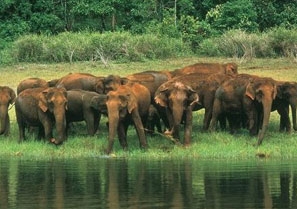 Hazaribagh Wildlife Sanctuary
Hazaribagh Wildlife Sanctuary 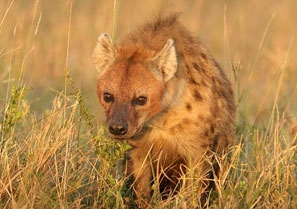 Ambapani Sanctuary
Ambapani Sanctuary  Badarama Wildlife Sanctuary
Badarama Wildlife Sanctuary 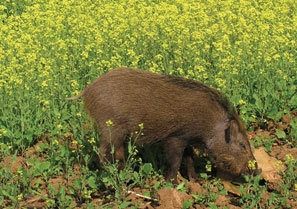 Baisipalli Wildlife Sanctuary
Baisipalli Wildlife Sanctuary  Balukhand Wildlife Sanctuary
Balukhand Wildlife Sanctuary 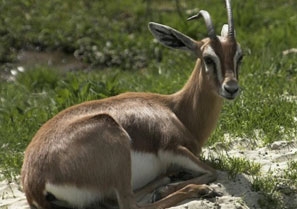 Belghar Wildlife Sanctuary
Belghar Wildlife Sanctuary 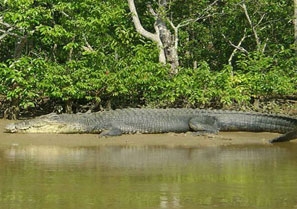 Bhitarkanika Wildlife Sanctuary
Bhitarkanika Wildlife Sanctuary 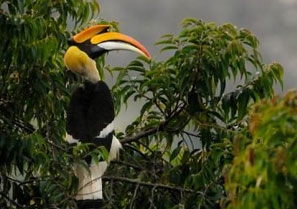 Bura-Chapuri Wildlife Sanctuary
Bura-Chapuri Wildlife Sanctuary 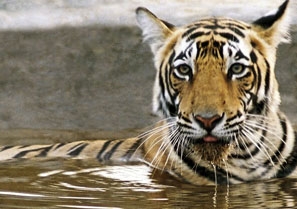 Chandaka Wildlife Sanctuary
Chandaka Wildlife Sanctuary 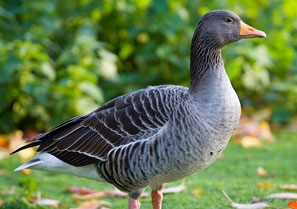 Debrigarh Wildlife Sanctuary
Debrigarh Wildlife Sanctuary  Gahirmatha Turtle Sanctuary
Gahirmatha Turtle Sanctuary 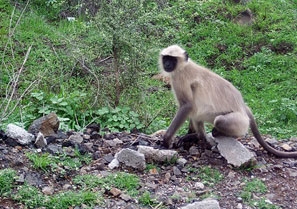 Hadagarh Wildlife Sanctuary
Hadagarh Wildlife Sanctuary 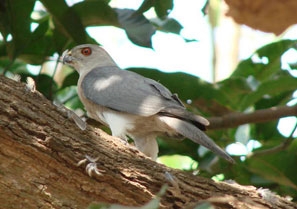 Karlapat Wildlife Sanctuary
Karlapat Wildlife Sanctuary 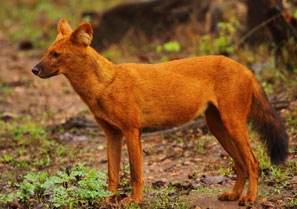 Khalasuni Wildlife Sanctuary
Khalasuni Wildlife Sanctuary 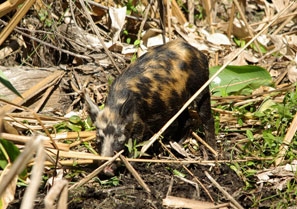 Kotagarh Wildlife Sanctuary
Kotagarh Wildlife Sanctuary 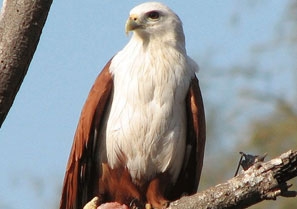 Kuldiha Wildlife Sanctuary
Kuldiha Wildlife Sanctuary 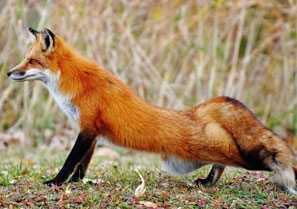 Lakhari Valley Sanctuary
Lakhari Valley Sanctuary  Laokhowa Wildlife Sanctuary
Laokhowa Wildlife Sanctuary 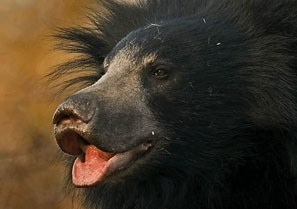 Pabha or Milroy Sanctuary
Pabha or Milroy Sanctuary 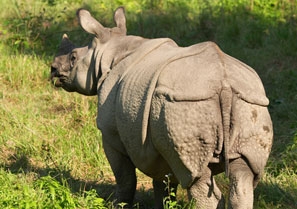 Pabitora Wildlife Sanctuary
Pabitora Wildlife Sanctuary  Padmatala Wildlife Sanctuary
Padmatala Wildlife Sanctuary  Satkosia Basipalli Sanctuary
Satkosia Basipalli Sanctuary 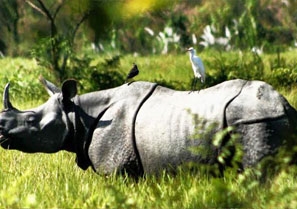 Sonai Rupai Wildlife Sanctuary
Sonai Rupai Wildlife Sanctuary 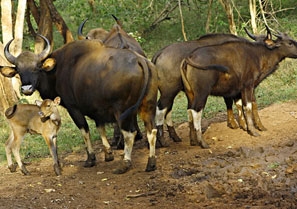 Sunabeda Wildlife Sanctuary
Sunabeda Wildlife Sanctuary 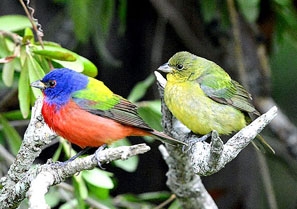 Tikarpada Wildlife Sanctuary
Tikarpada Wildlife Sanctuary  Ushakothi Sanctuary
Ushakothi Sanctuary




